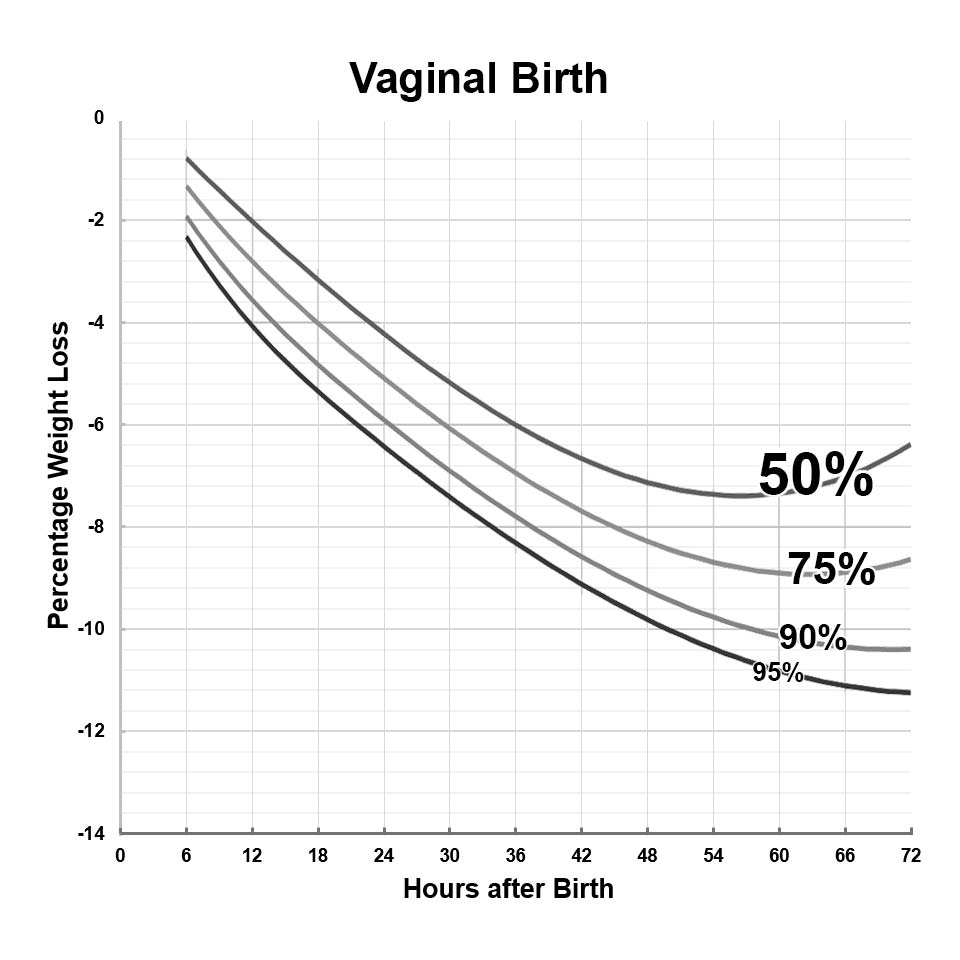Cribsheet: A Data-Driven Guide to Better, More Relaxed Parenting, from Birth to Preschool by Emily Oster
(New York: Souvenir, 2019), 311
Contents
- Introduction
- In the Beginning
- Chapter 1: The First Three Days
- Chapter 2: Newborns
- Chapter 3: Childbirth Recovery
- The First Year
- Chapter 4: Breastfeeding
- Chapter 5: Breastfeeding How-To
- Chapter 6: Sleep Position and Location
- Chapter 7:
- Chapter 8:
- Chapter 9:
- Chapter 10:
- Chapter 11:
- Chapter 12:
- From Baby to Toddler
- Chapter 13:
- Chapter 14: Screentime
- Chapter 15:
- Chapter 16:
- Chapter 17:
- Chapter 18:
- The Home Front
- Chapter 19:
- Chapter 20:
- Chapter 21:
Introduction
- parenting theme: you have less control than you think you do; but you do have choices, and those choices are important (xv)
- optimize not just for the baby, or for yourself, but for the overall family (xvii)
Economics framework for decision-making (xix): needs to account for all of costs, value of time, options, and preferences (cf. Cal Newport's thinking on the overstated benefits and profound costs of social media use)
Too often we focus on the benefits at the expense of thinking about the costs. But benefits can be overstated, and costs can be profound. (xxii)
there are some questions the data can't answer for your --> uncertainty (xxii)
- Avoiding Cognitive Dissonance or Choice-supportive bias: we want our choices to be right, so after we make them we encamp ourselves as advocates of them (xxiii)
- I see this all the time in people giving career advice: I want to have made the right decision so you should do what I did
- This misses the point that your choices can be right for you but not other people. That's ok; people's constraints differ
In the Beginning
Chapter 1: The First Three Days
Summary: What the data says about the decisions you'll make in the hospital, including newborn baths, circumcision, rooming-in, infant weight loss, jaundice, cord clamping.
- see infant weight loss charts on page 19, more info at newbornweight.org
image

- see bilirubin chart on page 24 and more info on jaundice at bilitool.org
image

Chapter 2: Newborns
Summary: Medical interventions are extreme for very young infants, so minimizing exposure to germs and other risks early on is reasonable, but no so much later on.
Chapter 3: Childbirth Recovery
Summary: Discussion of mom's recovery from childbirth.
The First Year
Chapter 4: Breastfeeding
Summary: Breastfeeding leads to some short-term health benefits for baby and a reduction in breast cancer risk for mom, but data does not suggest long-term health or cognitive benefits for baby.
An aside on research methods: types of research studies (70-72):
- Randomized Controlled Trial: recruit a large number of people and randomly assign to treatment groups, the gold standard
- Observational Studies: compare groups without random assignment,
- Case Control Studies: identify cases, then identify controls (used for vary rare events)
- Controls: variables we can hold constant while varying the variable of interest
Chapter 5: Breastfeeding How-To
Summary: Breastfeeding is hard! Early skin-to-skin helps, nipple confusion (with a bottle/pacifier) not supported in the data, etc.
Chapter 6: Sleep Position and Location
Summary: Sleeping on their back lowers the risk of SIDS. Co-sleeping is slightly more dangerous, but much more dangerous if you smoke or drink. Sleeping on a sofa with an infant is very dangerous.
- Thinking about sleep risks (i.e. SIDS) (113):
- Put sleep risks in the context of risks that we implicitly accept every day (i.e. driving)
- Recognize that sleep choices have real quality-of-life impacts
Chapter 7: Sleep Schedule
Summary: There is a lot of variability in infant sleep, but this chapter gives some details.
Chapter 8: Vaccination
Summary: Vaccination is safe and prevent disease.
Chapter 9: Working Mom
Summary: Evidence shows that mom taking maternity leave benefits babies in the short term; the long-term decision should weigh what is best for baby, mom, and family.
Chapter 10: Childcare
Summary: Parenting quality swamps childcare choice in its importance.
Chapter 11: Sleep Training
Summary: Cry-it-out methods are effective, but the most important thing is consistency.
Chapter 12: Solid Food
Summary: Early exposure to allergens reduces food allergies. Kids get used to flavors over time. Vitamin D supplementation is reasonable.
From Baby to Toddler
Chapter 13: Physical Milestones
Summary: Don't forget that there is a distribution behind every milestone, i.e. the average baby rolls over by 9 months.
Chapter 14: Screentime
Summary: Before age 2 a child cannot learn from TV, but they can after that. Be Bayesian in your decisions making about screentime.
- There isn't much (good) data on the impact of screentime...so be Bayesian in your decision-making and start with logical parameters and update with new information as it is available.
Chapter 15: Language Development
Summary: Girls develop language faster than boys, with wide variability between children.
- see "Size of Productive Vocabulary" charts on 232-234
Chapter 16: Potty Training
Summary: Starting earlier takes longer...
Chapter 17: Toddler Discipline
Summary: Focus on consistency and avoiding parental anger. Don't deliver corporal punishment.
Parenting is much more about the child than about the parent. (250)
Chapter 18: Education
Summary: Read to your kids. There is limited evidence on the value of different preschool philosophies.
The Home Front
Chapter 19: Internal Politics
Summary: Marital satisfaction tends to decline after children—don't forget to focus on your spouse.
Chapter 20: More Children
Summary: "The data doesn't provide much guidance about the ideal number of children or birth interval between them."
Chapter 21: Growing up and Letting Go
Summary: "Little kids mean mostly little problems." As your kids get older the problems are fewer, more important, and increasingly outside the realm of empirical analysis. Use the data where it is helpful, and otherwise don't worry about it.
Topic: Parenting
Source: Jordan
Created: 2021-06-19-Sat
Updated: 2023-01-23-Mon